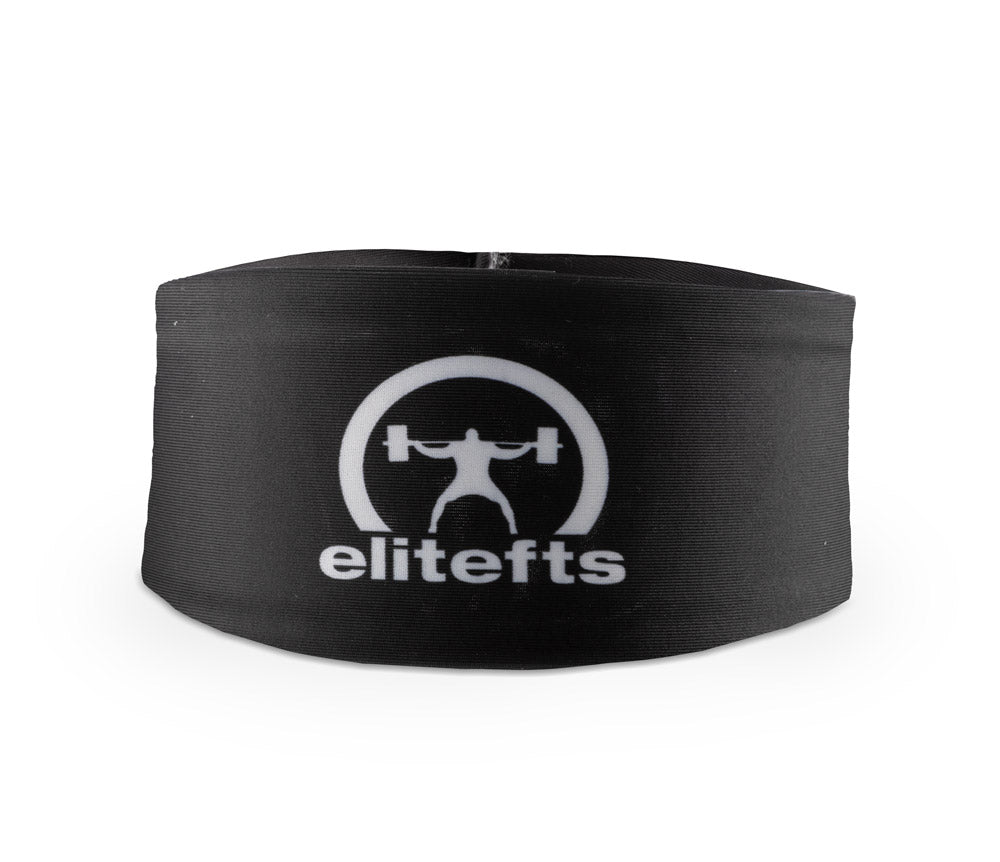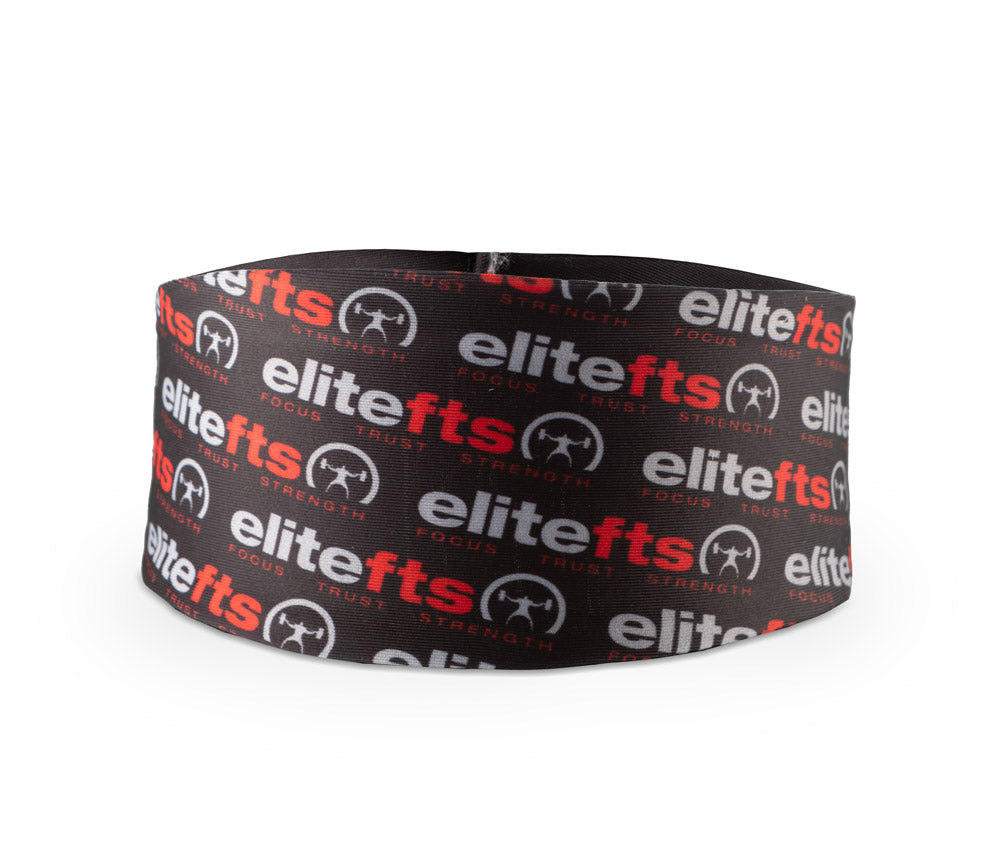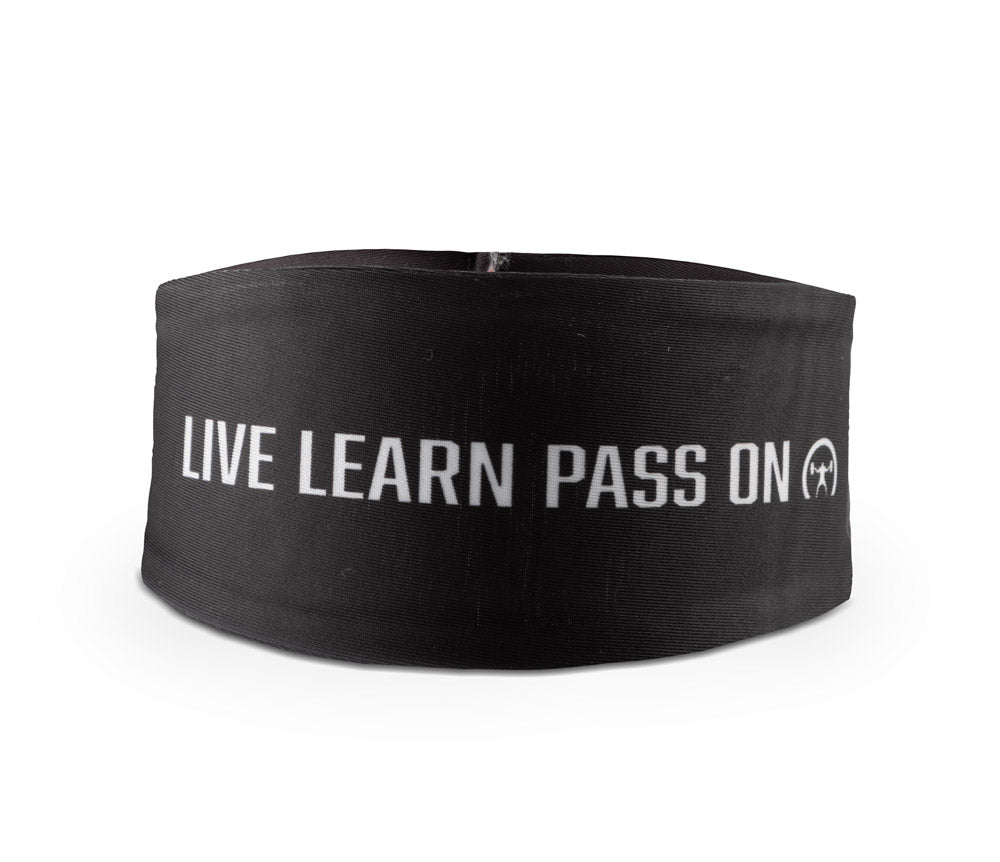the Monster Garage Gym Facebook page (like it if you would be so kind), a Twitter Page, a web page, a YouTube Page, and an Instagram page. I simply refuse to add more stuff as I am technologically tapped out, but back to Facebook. As the majority of my Facebook friends are powerlifters, as I am sure yours are, you will be able to relate to this example of my pal Dustin’s status updates on a regular basis:
“Dustin is getting ready to destroy a large pizza and wash it down with a plate of biscuits and gravy.”
“8:30 a.m. meeting, so I bought two boxes of donuts for the group. The donuts never made it out of the car, but it’s the thought that counts.”
“Cheat day. So I ordered the left side of the menu, but that is okay because I had a Diet Coke with it.”
“Squats tomorrow, thus Chinese food and pasta tonight.”

These statuses, of course, are accompanied with the mandatory "food carnage photo" that go along with them. To be honest, part of being a powerlifter is eating a lot of food. However, the more I looked at social media statuses and posts, the more I began to see that, without a doubt, there are common themes amongst your powerlifting friends. When posts are about training for a meet, I see what I briefly mentioned above—the planning for the visible, the tangible, the known of the pending powerlifting meet. Just like Dave Tate is great at seeing trends in business through social media, I was seeing trends in meet prep but also trends in the lack of prep for the mystery event I mentioned earlier.
Hey, what the heck is this mystery event anyway? I am like five paragraphs in and need to know. Get to the point, Eric!
Unlike the next meet at hand, which is going to be different for each individual powerlifter, the event we all will be engaged in is our future. That is something we all have in common. More specifically, this event is our state of health over the next five, ten, fifteen, and even twenty years. In addition to the meet, we are preparing for our future every single day, whether you realize it or not. Some prepare wisely, and some...not so wisely. We know that it is the little things that get us ready for the big meet at hand—that extra rep, that extra set, that extra hour of sleep, that extra scoop of shake, that last-minute reminder to keep our head up and knees out when we squat. Yet, more often than not, we eat like there is no tomorrow, with no accountability, no price to pay, and no mystery/hidden event. We get so consumed with the idea of the next weight class, getting bigger to be stronger, and consuming calories that we often consume unhealthy calories. Over the long haul, what we consume in the goal of body weight gain can work against us. What I am saying is that we know how to focus on the upcoming meet, but do we know how to train for the future? Are we missing the larger picture? And that is not just success in the sport but longevity on top of success in the sport. Powerlifting, for the true powerlifter, is a lifelong sport. A sport that you can enjoy for a lifetime—like Ernie Frantz did at nearly 77 years of age. Ernie still chops wood and works out on a weekly basis, and if you get him fired up, he can still dunk a 500-pound squat like it was 135 pounds. [caption id="attachment_75814" align="aligncenter" width="600"]
Always in shape, the Godfather of Powerlifitng, Ernie Frantz, and the King, Ed Coan. Circa mid-1980s. Photo: Frantz.[/caption]
Something to think about when it comes to chasing numbers and chasing calories.
The guys back in Ernie’s day ate all day long, but truth be told, what they ate was not what we eat. A quarter pound of hamburger meat was from a cow—not a cow bloated full of antibiotics. (Half of the world’s antibiotics are made for the animals we intend to eat since they are packed into areas so tightly and spread disease to one another. Thus, the constant heavy dose of cattle antibiotics and hormones). That "back in the day" hamburger was grilled at home over a flame—not from a fast food joint where it has 1100mg of sodium, 280 grams of fat, and 10 grams of sugar. On the other hand, that quarter pound of beef Ernie ate had only five grams of fat, 75mg of sodium, and zero grams of sugar. The point of the ground beef was protein, of which the Frantz burger and the fast food burger both have 25 grams. However, what I am saying is that the 1100mg of salt, 10mg of sugar, and the 280 grams of fat (by the way, this is trans-fat and saturated fat—not the good fat like the mono and poly you find in beans or salmon) only work against you. Why? Because you can get to a point with today’s version of yesterday’s food where there are diminishing returns. You become the sodium-filled, fat-logged 220-pound lifter who should be a rock solid 198 pounder. Although I have a couple master's degrees, believe me, I am no mathematician. With that being said, I can add numbers. And when it comes to the theory of eating big, and when the big includes fast foods or heavily processed foods with a long shelf life, the numbers simply do not add up in the lifter's favor. What I am saying is that the bodyweight a person can put on with the "anything goes diet" will increase your total bodyweight for the short-term, but people are creatures of habit. They tend to follow the same path they have been down. So, once they start and poor nutritional habits emerge, the mystery competition starts to look shaky because over time, five, ten, and fifteen years of putting less than optimal food in your body will begin to work against you in many ways. [caption id="attachment_75816" align="aligncenter" width="600"]
Phillip Daniels: 15-year NFL Defensive Lineman (ret) Washington Redskins. Co-founder of the Monster Garage Gym. Photo: Bent Nail Photography.[/caption] Don’t get this message twisted. This is not about being a nutritional saint. I absolutely love to post my Friday night pizza on Facebook and send photos to my lifting buddies of all the different types of holiday cookies I eat. However, if your work week meals consist of food with slogans advertising, "Five dollars for a foot long" or "Supersize this," then you are truly kidding yourself about what a cheat meal is about. Just because you get the small fries doesn't mean it is not a cheat. By the same token, you are not fooling the future—you who is the beneficiary of your wise or poor eating habits.

















































































